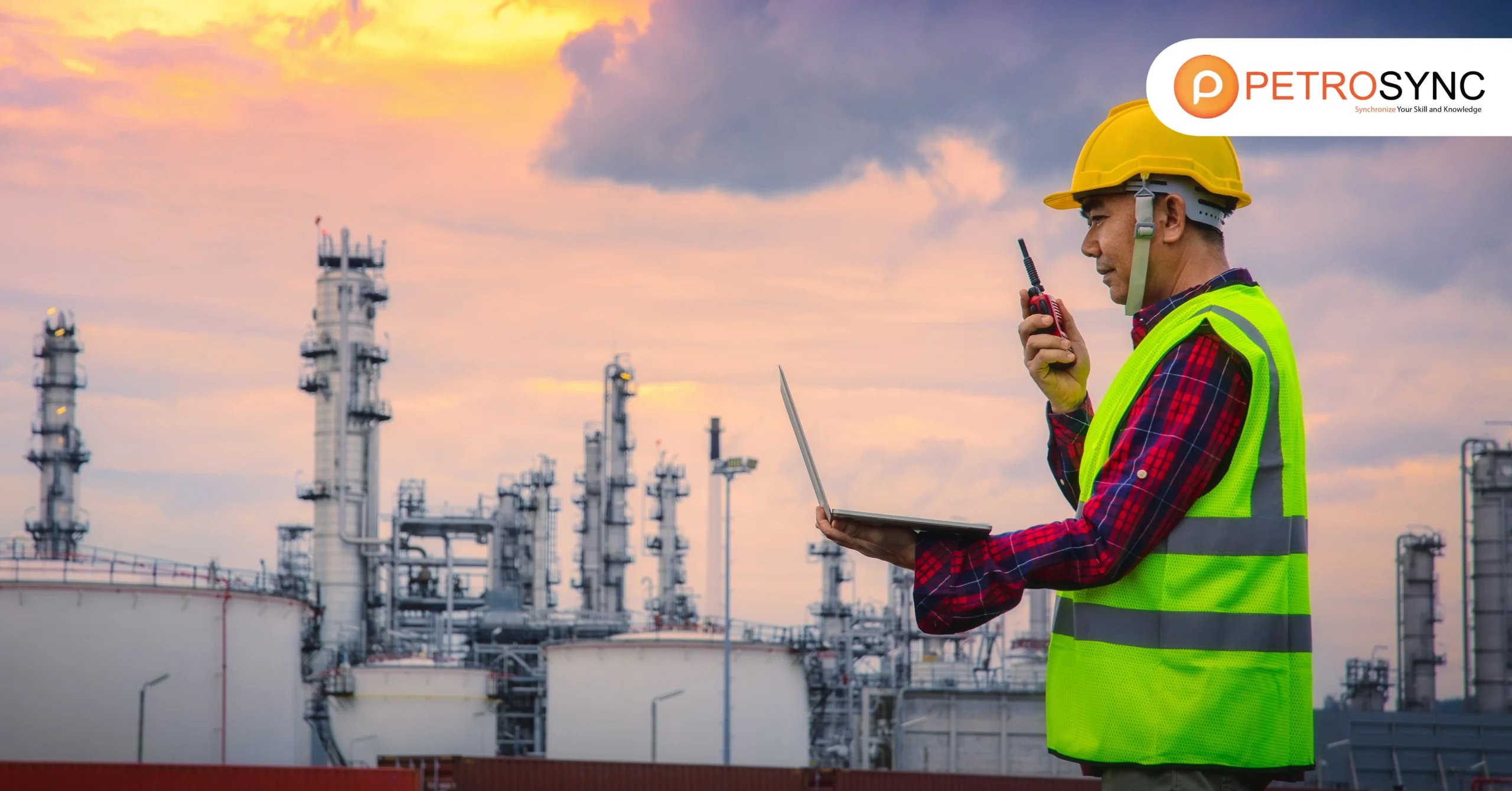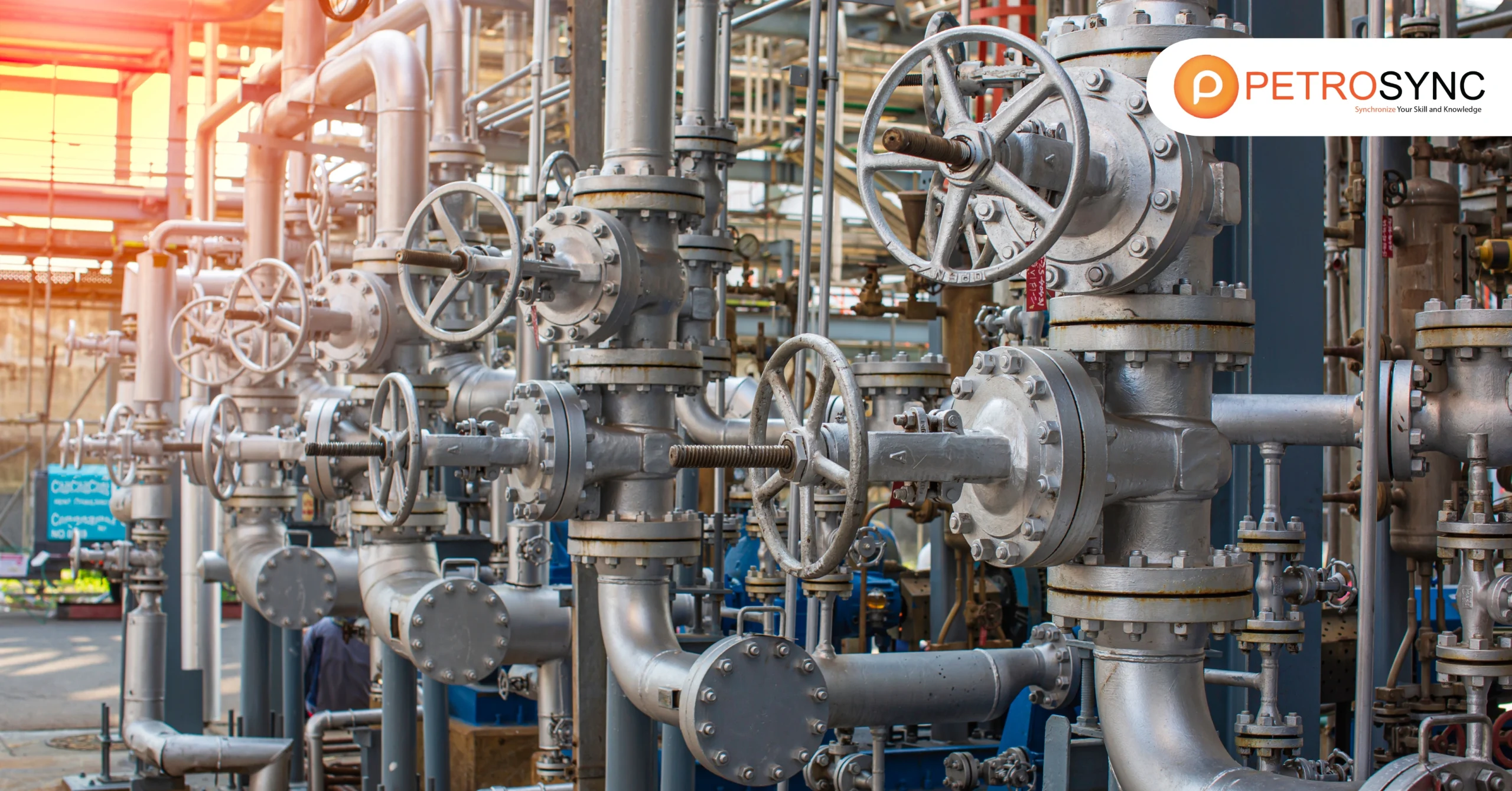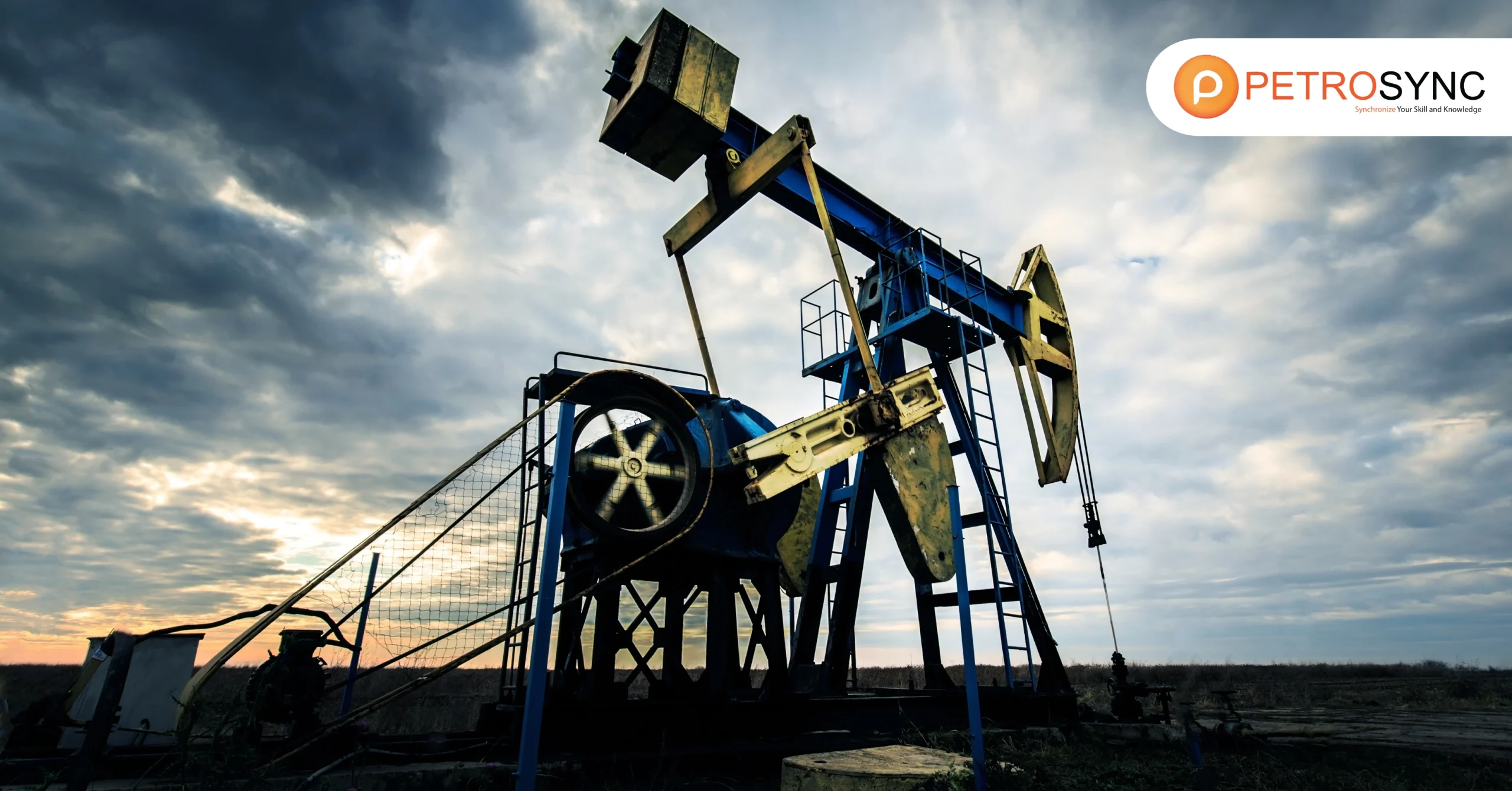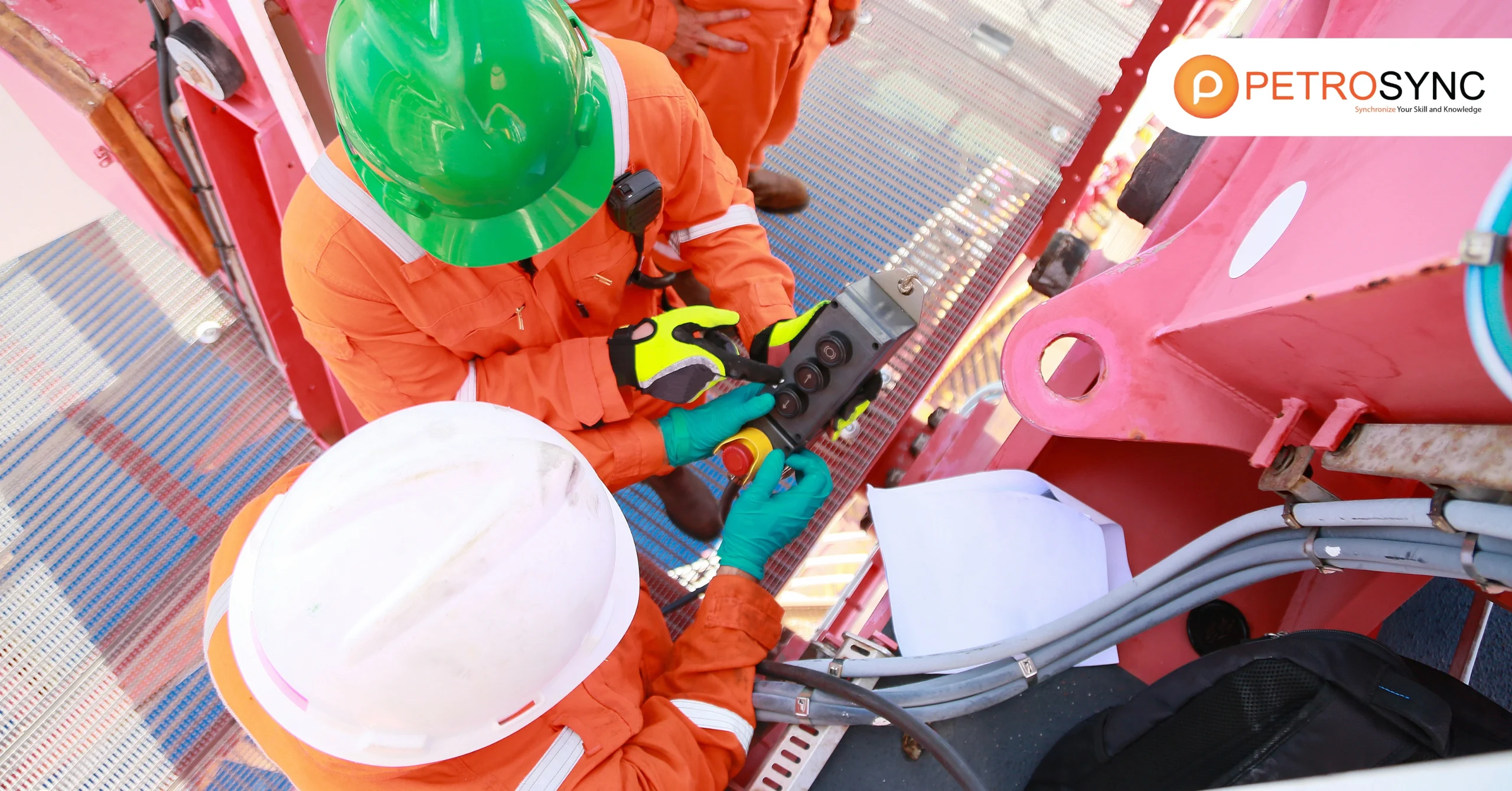The oil and gas, petrochemical, and energy industries place a high value on essential infrastructure safety, dependability, and durability. Pipelines, storage tank, and pressure vessel are constantly subjected to wear and stress because of the high pressures and temperatures at which they operate. This is when PetroSync’s API 579 classes come into action.
Based on the widely established Fitness-for-Service (FFS) evaluation standard, this resource is a crucial tool for professionals who need to assess the suitability of in-service equipment. PetroSync provides engineers and managers with technical knowledge that enables them to make more educated, strategic decisions about asset management and risk mitigation.
In this post, we’ll look at API 579, the structure of these training courses, and how getting API 579 expertise through PetroSync may be a career-defining step, allowing people to flourish in the field.
What Is API 579?
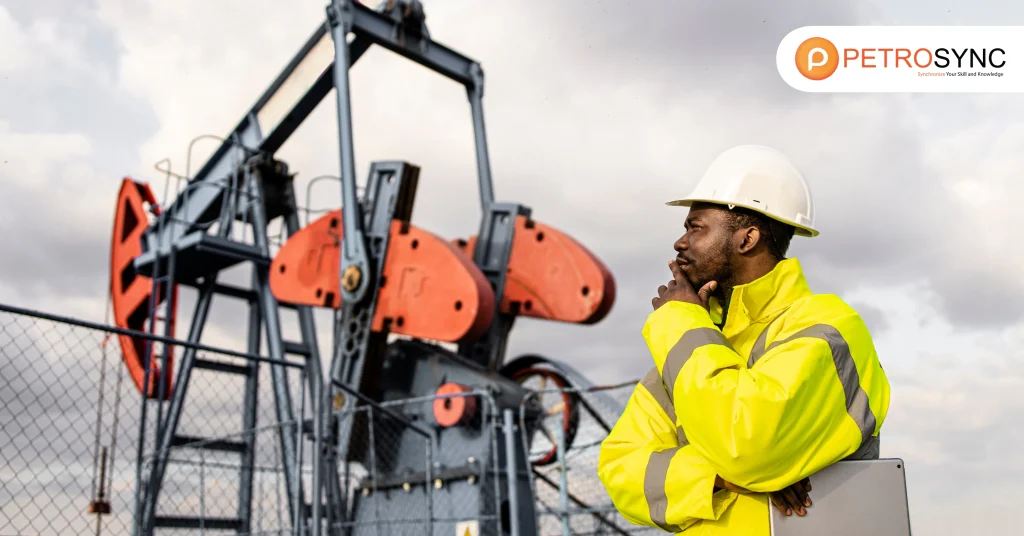
API 579 is also known as “Fitness-for-Service (FFS) in the Oil and Gas Industry,” is a standardized approach developed by the American Petroleum Institute (API) for evaluating the structural integrity and remaining service life of equipment. It was first launched in 2000 and has since been regularly revised to match technology and safety advancements.
API 579 presents a rigorous framework for assessing the suitability of in-service equipment subjected to damage mechanisms such as corrosion, cracking, or fatigue. The FFS process, as specified in API 579, enables engineers to make reliable conclusions about whether equipment can continue to operate safely or if it must be repaired, modified, or replaced.
Following API 579 allows enterprises to conduct complete integrity assessments that take into account a range of parameters such as material strength, stress tolerance, and environmental conditions. This standard is widely accepted in all industries, especially those where safety and asset reliability are crucial.
What Is API 579 Course?
API 579 course is like those offered by PetroSync, are specialist training programs designed to provide learners with a complete grasp of Fitness-for-Service (FFS) evaluation procedures and their practical applications.
These courses are tailored for professionals in the oil and gas industry—engineers, maintenance supervisors, inspectors, and asset integrity specialists—who need to grasp FFS principles to manage assets effectively. PetroSync’s API 579 training sessions cover a range of topics, from core FFS concepts to more advanced methods for evaluating damage mechanisms.
With PetroSync, participants can expect structured course content that spans essential topics, such as:
- Introduction to Fitness-for-Service and API 579 – Understanding the core principles of FFS and the scope of API 579 as they relate to industrial concerns.
- Damage Mechanisms and Assessment Procedures – Learn about common equipment damage mechanisms as well as PetroSync’s tried-and-true assessment methods.
- Level 1, 2, and 3 FFS Assessments – Gaining knowledge of the three evaluation levels (from the most basic Level 1 to the most complex Level 3) for evaluating structural integrity, as carefully directed by PetroSync instructors.
- Practical Case Studies – Applying API 579 concepts to real-world settings, learners can study from case studies carefully handpicked by PetroSync professionals to deliver in-depth, industry-relevant expertise.
PetroSync’s API 579 courses provide learners with hands-on workshops, practical examples, and interactive discussions, helping them to gain a better grasp of FFS principles in action. PetroSync is adaptable, responding to both foundational and advanced demands, with modules designed for professionals of any experience level.
PetroSync’s expert-led seminars provide participants with the necessary skills to make informed decisions on equipment reliability and safety, resulting in improved risk management and asset optimization for their enterprises.
Is There An API 579 Certification?
While API 579 does not have a certification process akin to the widely recognized API 510, API 570, or API 653 certifications, completing an API 579 course provides participants with a thorough understanding of FFS practices. Many training providers, like PetroSync, issue certificates of completion for API 579 courses.
Indicating that participants have acquired the necessary skills and knowledge in FFS assessment. For professionals, having an API 579 course completion certificate can be a significant career asset. It demonstrates expertise in FFS principles, making them valuable assets to employers in the oil and gas industry who rely on certified personnel to uphold safety and operational standards.
Even though an official API certification for API 579 is not currently available, possessing a certificate from a reputable training provider serves as evidence of competency and knowledge.
What Is API 579 Course Objective?
- To familiarize participants with the main concepts and technical terms of degradation mechanisms.
- To introduce participants to the concepts of FFS.
- To explain to participants the basic concepts of degradation and FFS.
- To provide participants with the basic technical and scientific knowledge for carrying out in-depth inspection and engineering calculations.
- To train participants to choose between ‘3 R’s i.e. Re-rate, Repair and Replace.
- To introduce participants to different ways of evaluations and decision-making as regards the repairs alterations and re-ratings
- Assessment of future remaining life.
What Are API 579 Course Outlines?
DAY 1
- Introduction to API 579
- Fundamentals of Pressure Vessels and piping
- Review of Design formulas
- Calculation of required thickness
- Concept of MAWP
- Scope and limitations of API 579
- Definition of technical terms
- FFS assessment procedures
- Levels of assessments
- Remaining strength factor
- Failure assessment Diagrams
- Reduced permissible MAWP
- Remaining life assessment
- Overview of flaw damage and assessment procedures.
- Modes of Deterioration and metal loss
- Assessment for Brittle Fracture (Level 1)
- Critical Exposure temperature (CET)
- Minimum allowable temperature (MAT)
DAY 2
- Definition of general metal loss
- Assessment of general metal loss
- Required data and measurements
- Procedures for level1 assessment
- Assessment Techniques and acceptance criteria
- Step-by-step assessment method
- Calculation of minimum required thickness
- Calculation of average thickness
- Coefficient of variation
- Case studies and exercise on the application of API 579 Methodology
- Assessment of local metal loss.
- Required data and measurements
- Procedure for Level 1 assessment
DAY 3
- A brief discussion on Pitting Corrosion
- Step-by-step assessment method as per Level-1
- Case Study and Exercise
- Assessment Techniques and acceptance criteria for Pitting
- Assessment of Hydrogen damage – Hydrogen Induced Cracking
- Assessment of Hydrogen blisters
- Assessment techniques and acceptance criteria as per Level-1
- Case Study and Exercise
- Assessment of weld Mis-alignments
- Assessment of Shell distortion
- Assessment techniques and acceptance criteria as per Level-1
DAY 4
- Assessment of Crack like flaws.
- Assessment technique as per Level 1
- Flaw Characterization- single cracks
- Flaw Characterization- multiple cracks
- Step-by-step assessment method
- Failure assessment curves for crack-like flaws
- Selection of FAD curves.
- Maximum permissible crack dimensions.
- Level-1 Assessment of cracks
- Case study and Exercise on crack analysis as per Level-1
- Assessment of creep damage
- Creep range temperatures for various materials
- Creep curves for various materials
- Case studies on creep damage assessment
DAY 5
- Assessment of fire damage
- Deciding fire zones
- Case studies on fire damage assessment
- Assessment of dents, gouges
- Assessment techniques and acceptance criteria as per Level-1
- Case studies on dents, gouges assessment
- Assessment of Laminations
- Case study on lamination assessment
- Assessment of Fatigue Damage as per Level-1
- Case study on fatigue damage
- Final Review Exam (if required)
- Closing Session.
 Who Should Attend API 579 Course?
Who Should Attend API 579 Course?
Pressure Vessel/ Piping/ Tank design engineers, process engineers, plant operating engineers and managers, and Chemical/ mechanical engineers who are involved in the integrity assessment of Columns, Vessels, tanks, piping, etc. Also recommended for the Design engineers, Inspection persons, and maintenance engineers involved in the Repair, maintenance, and troubleshooting of plant equipment in the Refining, Petrochemical, and Chemical industries. Individual certification of API 510/ 570/ 653 will be an added advantage to the participants
Unlock Expert Knowledge with PetroSync’s API 579 Training
PetroSync’s API 579 training delivers industry-focused courses tailored to professionals seeking expertise in Fitness-for-Service (FFS) assessments. Designed and led by seasoned experts, these courses provide practical insights and skills essential for evaluating asset integrity in real-world scenarios. Through PetroSync’s API 579 training, participants build a solid foundation in asset safety and reliability, enhancing their professional value in sectors where asset integrity and risk management are top priorities.

Results-oriented and thorough SEO specialist with extensive experience in conducting keyword research, developing and implementing digital website promotion strategies and plans, managing campaigns to develop company websites in the digital world, excellent knowledge of marketing techniques and principles, and attentive strong attention to detail.

